The Origins of Evil in Hindu Mythology
₹850.00
In stock
The Origins of Evil in Hindu Mythology
James Austin's insights into the fundamental connections that exist between Zen Buddhism and brain science are continued in this volume, which is a follow-up to his extremely popular book Zen and the Brain. In Zen-Brain Reflections, Austin, a clinical neurologist, researcher, and Zen practitioner, investigates the growing psychological processes and brain alterations connected with the path of long-range contemplative training. Austin is also a researcher at the University of California, San Francisco. Not only does Austin draw from the most recent findings in neuroscience and new neuroimaging investigations, but he also pulls from Zen literature and his own experience with different states of consciousness. This book picks up exactly where the last one left off. Zen-Brain Reflections. It provides answers to issues such as "how exactly do placebos and acupuncture impact the brain?" Can scientists using neuroimaging pinpoint the locations in our brains where our concepts of self first take shape? How can the most cutting-edge brain imaging techniques be used to better effectively monitor meditators? How is it that extensive amounts of time spent meditating, along with fleeting experiences of enlightenment, may bring about fundamental changes in the physiological makeup of the brain? In a number of the chapters, there are theories that may be tested that indicate methods to associate normal brain processes and the practise of meditation with the occurrence of unusual states of consciousness. After making a quick introduction to the subject of Zen and discussing the most current findings from research into meditation, Austin discusses the most recent findings from research on the amygdala, frontotemporal connections, and paralimbic extensions of the limbic system. After that, he investigates the many states of consciousness, from the earliest, most shallow absorptions to the latter, most significant "peak experiences." This discussion starts with the states known as kensho and satori and includes an updated study of the many ways in which these states convey "oneness." He refers beyond the even more advanced phases toward that uncommon continuing degree of enlightenment that is characterised by the manifestation of "sage wisdom." Last but not least, in
Author
W.D. O'Flaherty
Too Good to Resist Sale is Live BUY AND SAVE NOW
The Origins of Evil in Hindu Mythology
James Austin’s insights into the fundamental connections that exist between Zen Buddhism and brain science are continued in this volume, which is a follow-up to his extremely popular book Zen and the Brain. In Zen-Brain Reflections, Austin, a clinical neurologist, researcher, and Zen practitioner, investigates the growing psychological processes and brain alterations connected with the path of long-range contemplative training. Austin is also a researcher at the University of California, San Francisco. Not only does Austin draw from the most recent findings in neuroscience and new neuroimaging investigations, but he also pulls from Zen literature and his own experience with different states of consciousness. This book picks up exactly where the last one left off. Zen-Brain Reflections. It provides answers to issues such as “how exactly do placebos and acupuncture impact the brain?” Can scientists using neuroimaging pinpoint the locations in our brains where our concepts of self first take shape? How can the most cutting-edge brain imaging techniques be used to better effectively monitor meditators? How is it that extensive amounts of time spent meditating, along with fleeting experiences of enlightenment, may bring about fundamental changes in the physiological makeup of the brain? In a number of the chapters, there are theories that may be tested that indicate methods to associate normal brain processes and the practise of meditation with the occurrence of unusual states of consciousness. After making a quick introduction to the subject of Zen and discussing the most current findings from research into meditation, Austin discusses the most recent findings from research on the amygdala, frontotemporal connections, and paralimbic extensions of the limbic system. After that, he investigates the many states of consciousness, from the earliest, most shallow absorptions to the latter, most significant “peak experiences.” This discussion starts with the states known as kensho and satori and includes an updated study of the many ways in which these states convey “oneness.” He refers beyond the even more advanced phases toward that uncommon continuing degree of enlightenment that is characterised by the manifestation of “sage wisdom.” Last but not least, in
Review(s)
“The author accomplishes a remarkable achievement in her textually exegetical and hermeneutical treatment of the different tales that have a myriad of facets and facets upon facets. The research has a lot of importance and it’s really helpful… Her remarks are enlightening, and the author’s translations of the Hindu and Pali scriptures are invigorating to read. Therefore, it can be seen that the Hindu perspective on evil is not one that is too simple or arbitrary, but rather one that takes a method that is methodical, complicated, and highly eclectic. This is a very accessible novel that has been written with vigour, sparkle, and a few small dashes of excellent humour here and there.”
Author
W.D. O’Flaherty
Additional information
| Weight | 0.5 kg |
|---|---|
| Dimensions | 10 × 11 × 12 cm |
| Book Author | W. D. O. Flaherty |
You must be logged in to post a review.

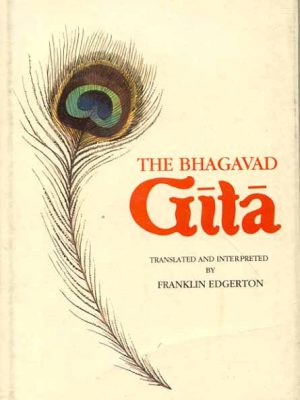
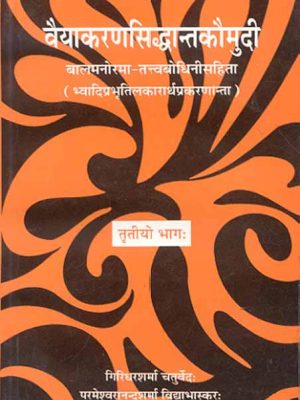

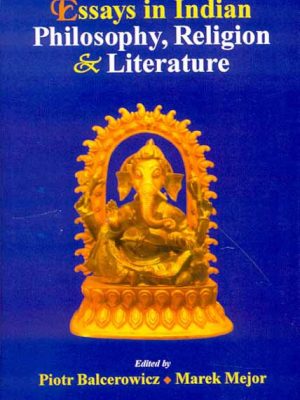


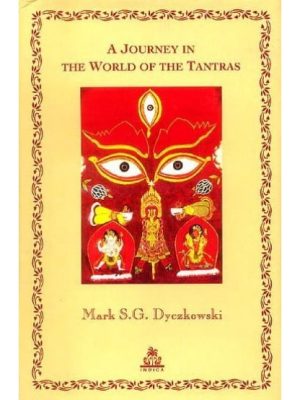




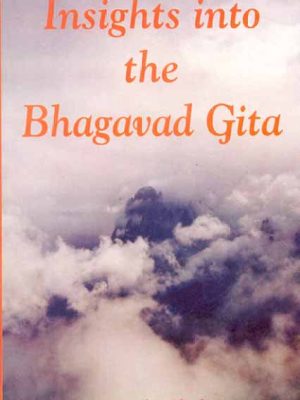
Reviews
There are no reviews yet.